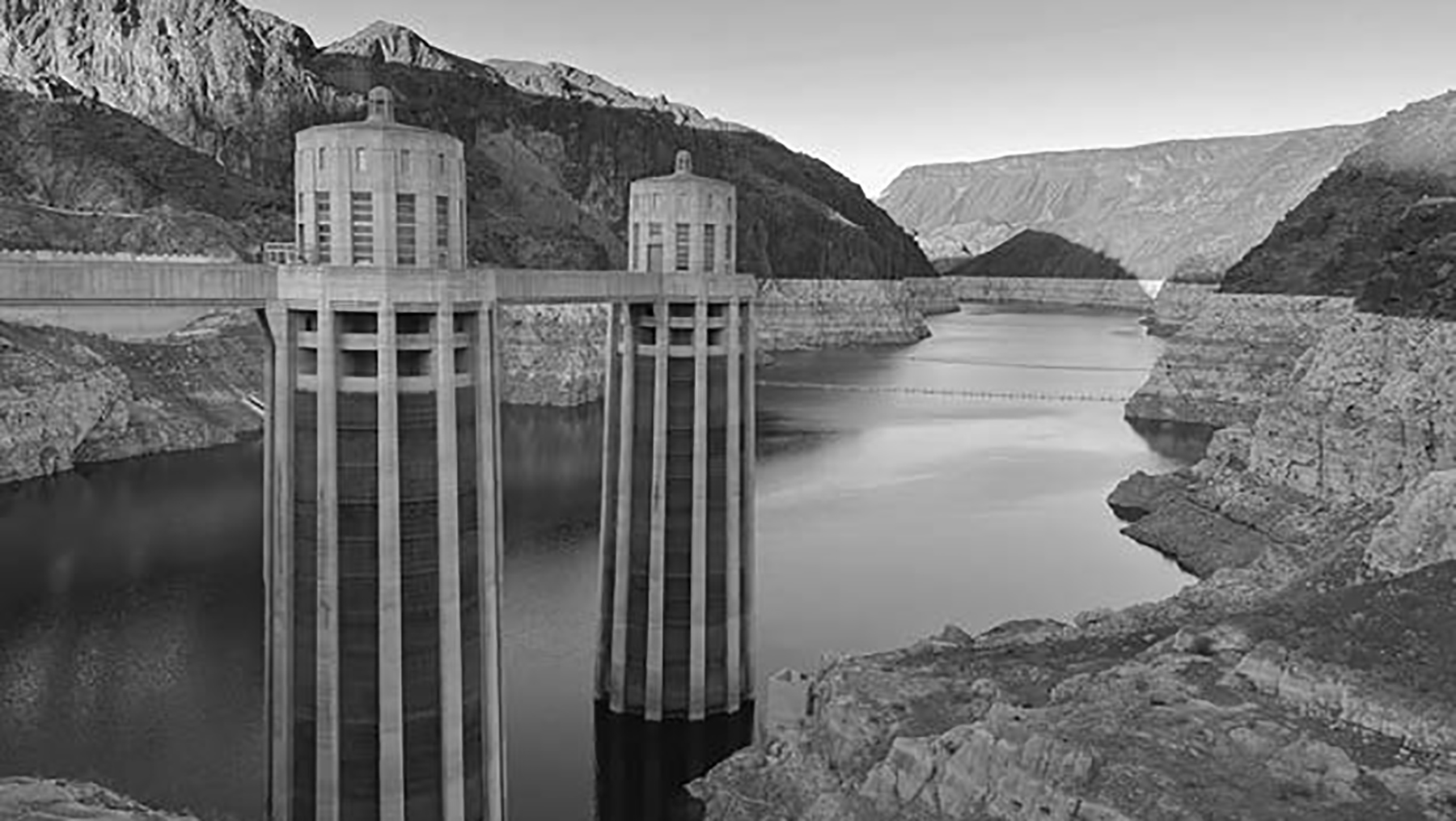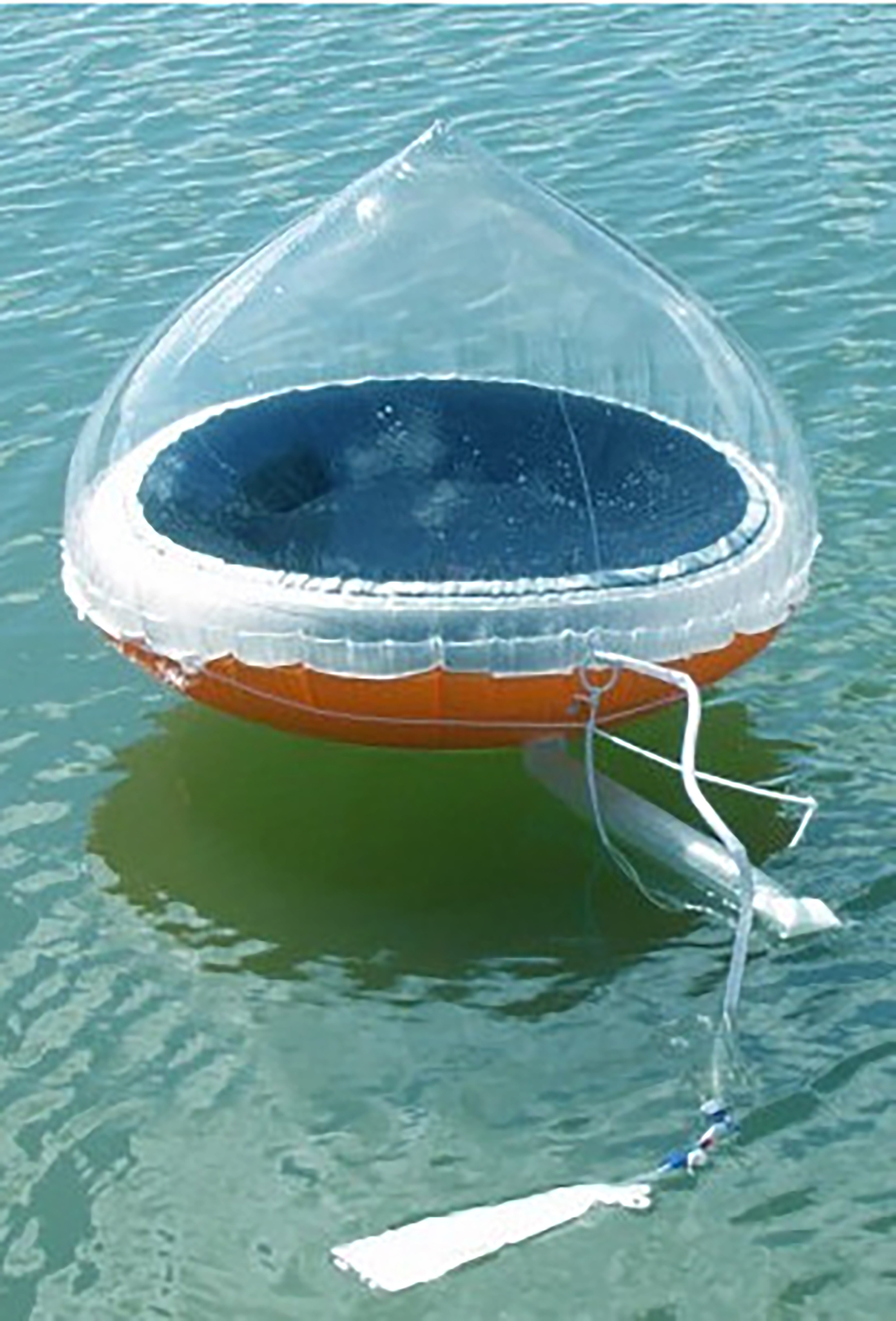
By Celeste C.B. Bennett
The United States’ drinking water shortage is complex and growing. Potable water, traditionally drawn from surface and ground sources, gives people clean water to drink, cook with, and bathe in.
Of the issues surrounding clean water access, two huge factors at play are droughts and an ever-increasing reliance on shrinking sources. In states surrounded by water, much of the public naively believes that water will always be easily available or that there will always be plenty of water available from other states or other sources to replenish local aquifers.
Further reading:
- Author explores how recycling sewage helps solve water woes
- Could offshore desalination solve California’s water woes?
- Book highlights efforts to solve global water-access challenges
Behind the scenes, though, water management officials are concerned. Those who understand the critical state of America’s water supply are preparing for the worst. The situation in many cities is dire, and most people don’t yet realize it, says author and environmental journalist Peter Annin.
Without drastic changes, the reality is that some sections of America could run out of clean drinking water at some point. Some communities already are. Major rivers, such as the Colorado River; lakes, such as Lake Mead; and the country’s aquifers are strained more than ever. What’s more, bringing in water from other places used to be a popular short-term water shortage option for towns and municipalities, but even that is becoming unreliable because of shortages.
It will take real, applicable solutions to help solve this water crisis. The country can’t rely on just one solution to replenish its groundwater, lakes, and rivers. However, three of the most well-known and accepted options, which are also realistic long-term answers to America’s water crisis, are conservation, desalination, and recycling.
Water solution No. 1: Conservation
Conservation, Annin says, is the lowest-hanging fruit. It’s the cheapest and most viable option. It’s also easy to understand and implement. Conservation improves the effectiveness of water use through changed behavior, according to the American Water Works Association.

In residential scenarios, that can mean less lawn watering, shorter and cooler showers, low-flow showerheads and faucets, toilets that use less water per flush, or fixing leaks in water pipes.
“The biggest water user inside the home is the shower. Anyone can replace a showerhead – hand-held or fixed – and quickly see a reduction in their water use and the energy to heat it,” said David Malcolm, founder and owner of High Sierra Showerheads, a company that produces low-flow, high-pressure showerheads that use as little as 1.25 gallons of water per minute.
Annin and Malcolm agree that conservation in the home is important and an area in which most people can make immediate changes. But, they say, the biggest water-wasting culprits are outside the home: outdoor irrigation and agriculture.
“There’s still a lot of conservation ground to be made, especially in the ag sector, which is the largest consumer of water in the U.S. and in the world,” Annin said. “So, we’re not going to solve the water crisis without working really closely with the ag sector.”
But that is a story for another day. Conservation is an important, long-term factor of water management, but desalination and recycling are two others worth exploring.
Water solution No. 2: Desalination
Desalination, or removing salt from ocean or brackish water, is another viable aspect of fighting America’s water scarcity.
In referencing the International Desalination Association, the U.S. Geological Survey says over 300 million people worldwide receive fresh drinking water through this process.
North America’s largest desalination plant is the Claude “Bud” Lewis Carlsbad Desalination Plant near San Diego. About 10% of drinking water for the region’s 3.1 million people comes from the plant, but the process is expensive. Desalination is double the cost of other water sources.
It’s expensive because it’s energy intensive and the technology is still evolving. As water scarcity becomes a bigger problem, scientists are studying how to make desalination more efficient, less expensive, and easier to understand.
Water solution No. 3: Recycling
Water recycling can take on many forms.
In some states, including California, Florida, and Arizona, reclaimed water – or recycled nonpotable wastewater – is used for irrigation and industrial processes.
Gray water – which is recycled, untreated residential water, typically from bathroom sinks, showers, or washing machines – is also designated for nonpotable uses, such as irrigation, according to the University of Nevada, Reno Extension.
And recently, there’s a not-so-new but often-unheard-of third option: potable sewage treatment.
While unappealing and maybe even an idea out of the worst science fiction novel you can imagine, “sewage is coming to the rescue.” That’s from Annin’s 2023 book on water reuse called Purified: How Recycled Sewage Is Transforming Our Water.
“Wastewater,” he writes, “is just too precious to waste anymore.”

He says throughout history, civilizations have distanced themselves from wastewater because it’s dangerous and disgusting. However, Earth’s changing climate is a major culprit behind the droughts and the unreliable weather and precipitation patterns of late, contributing to America’s water crisis.
“Thanks to climate-driven water scarcity – and impressive advances in treatment technology – purified effluent has emerged as a leading weapon in the war against water scarcity,” Annin writes.
He further explains this treatment technology in more detail.
“The treatment process in Orange County (California), for example, is extensive, and multitiered,” he writes. “The water is first pushed through high-tech filters that screen out microscopic protozoa, bacteria, and viruses, and then it is purified with reverse osmosis, which removes any remaining viruses. Also removed at this step are any ‘forever chemicals,’ such as per- and polyfluorinated substances, or PFAS.
“In the next step, the water – which is already purified – is treated with hydrogen peroxide and zapped with ultraviolet light to purify it even further. The ultimate product is akin to distilled water.”
Water recycling isn’t new. It’s growing in popularity, boosted by cleaner, safer, and viable processes that will continue to benefit cities around the country, whether they’re inland or coastal.
Civil engineering’s ‘in’
Water recycling is also presenting unique opportunities for civil engineers. Annin says the newest sector of water management – recycling – is in a boom that will last for years.
This sector, he says, will require engineers and operators with the skills and insights to build and operate water recycling facilities. The sector also will desperately need engineers all over the country who take an interest in and deeply understand water management and waste management simultaneously.
“An American way is there’s so much waste built into our system and the way we think about things, but just by thinking about (water) in a more precious way, there are solutions that are readily available that could (help us) avoid a lot of pain,” said CNN chief climate correspondent Bill Weir in a June 2024 conversation with CNN podcast host Audie Cornish.
Weir is also the author of Life as We Know It (Can Be): Stories of People, Climate, and Hope in a Changing World.



